By Dhawal Kataria, AICP, RSP1, Associate Editor, May 7, 2025
Sujata Srivastava is the Chief Policy Officer for SPUR, a public policy organization based in the Bay Area. There, she leads policy research and advocacy for the organization, spanning planning, housing, transportation, sustainability, and governance. Srivastava has over 20 years of experience directing research and policy analysis for cities and regions in the United States and Latin America. Before joining SPUR, she worked as a consultant at Strategic Economics and at AECOM | Economics Research Associates, where she advised public and private-sector clients on affordable housing, transit-oriented development, small business development, and real estate development. Srivastava holds a Master’s in city planning from the University of California at Berkeley and a B.A. from Mount Holyoke College.

What led you to your current role?
I oversee our urban policy, research, and advocacy work as Chief Policy Officer at SPUR. My path to this role started after planning school, when I began working in consulting—primarily on real estate, economic, and housing projects. That experience gave me a solid foundation in the technical aspects of planning and policy.
Over time, I realized I wanted to play a more active role in shaping how those recommendations were implemented. I was drawn to advocacy work, where I could help ensure that good ideas didn’t just stay on paper, but actually moved forward through decision-making processes.
That’s what brought me to SPUR. We focus on the intersection of research and advocacy, and we place a strong emphasis on community engagement. I believe that’s essential—not just developing sound policies, but working closely with communities to bring those ideas to life.
Tell us more about SPUR.
SPUR is a regional policy organization dedicated to building stronger cities in the Bay Area. We work at the local level in San Francisco, Oakland, and San Jose, but many of the issues we address—like housing, transportation, and climate resilience—require broader, regional or even state-level solutions.
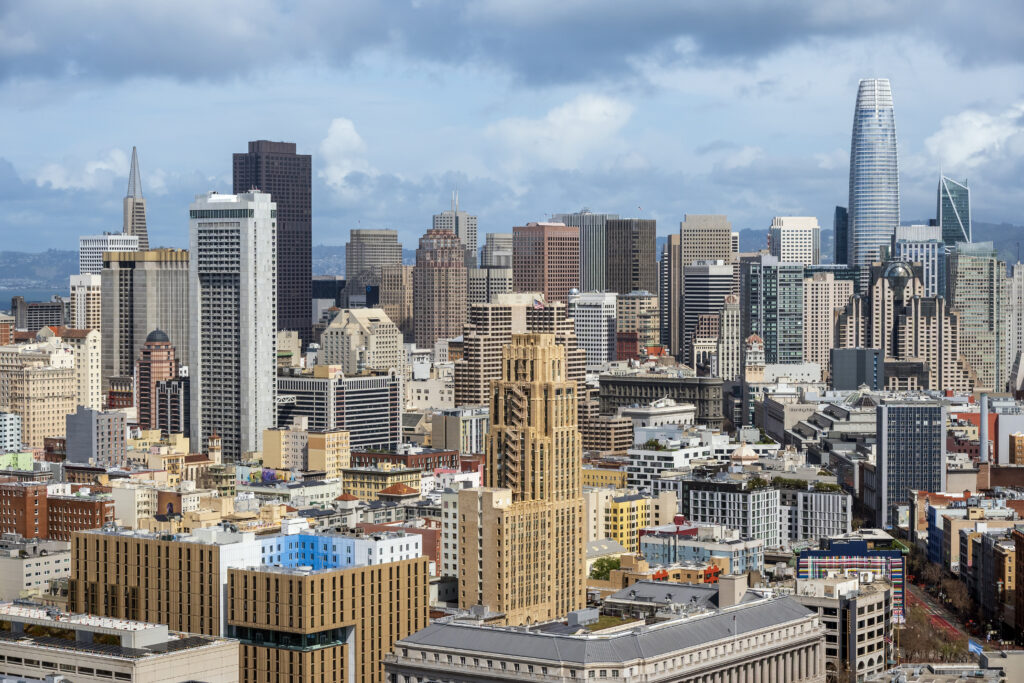
What are some of SPUR’s major initiatives right now?
One of our biggest initiatives is reimagining and revitalizing downtowns in the post-COVID world. We’ve been doing strategic work in San Francisco and San Jose to help create more vibrant, thriving downtowns.
We’re also heavily involved in housing policy. For example, San Francisco must plan for 82,000 new homes in the current Regional Housing Needs Assessment (RHNA) cycle, which requires significant rezoning and policy changes. We’re conducting research and advocacy to help ensure the city’s plans are both realistic and supported by the community. At the state level, we’re working on housing legislation to make it easier to build homes near transit. This helps advance both our housing and climate goals by promoting dense, transit-accessible development.
Our top transportation priority right now is financial stability for our regional transit systems such as Muni, BART, Caltrain, and others. Many agencies are facing severe budget deficits, and we’re advocating for solutions to ensure service doesn’t face major cutbacks that could dramatically reduce access and reliability.
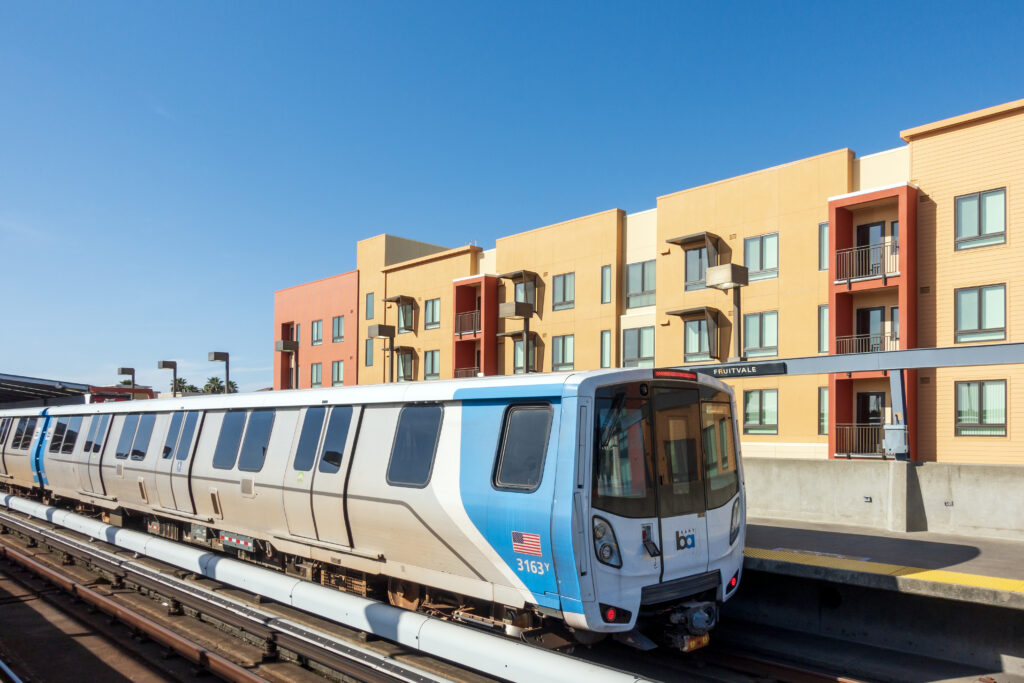
Can you tell us more about your work on sustainability and resilience?
We’re focused on two main areas: first, decarbonizing buildings by transitioning them away from fossil fuels and toward clean energy. Second, we’re working on helping communities and infrastructure adapt to climate-related risks like wildfires, earthquakes, flooding, and sea level rise.
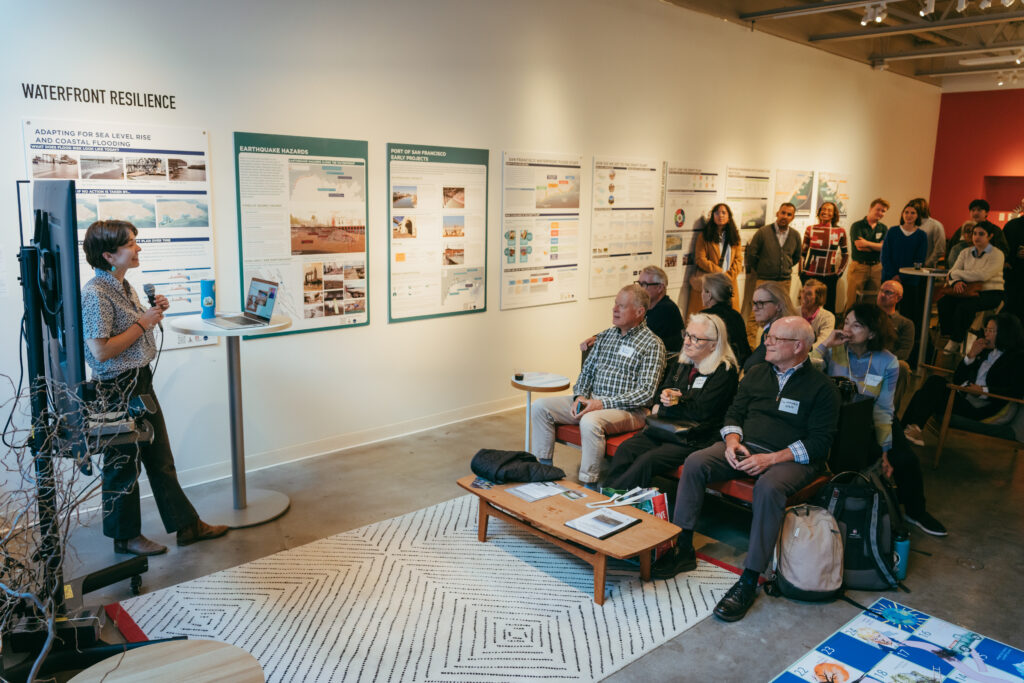
And what about SPUR’s work in governance?
We’re doing a lot of work in cities like San Francisco and Oakland to examine how government structures impact service delivery. Right now, many cities aren’t set up to operate efficiently or meet community expectations. We’re researching what changes could help local governments function better and be more responsive to residents’ needs.
What are the biggest challenges facing cities today, beyond just funding?
Funding is definitely a key issue, but it’s part of a broader, more structural challenge. Cities are grappling with declining revenues across multiple sources—tourism, sales tax, property tax—especially in places like San Francisco where commercial property values have dropped significantly, leading to reassessments and lower tax contributions.
At the same time, the costs of running city governments are going up. Labor costs, benefits, and health insurance premiums continue to rise—something many people experience personally through their own employers. So, cities are in a bind: rising expenses paired with falling revenues.
This financial pressure extends to transit agencies like BART, Muni, and Caltrain as well. Ridership is still down compared to pre-pandemic levels, and there’s less parking revenue too—both of which were important funding sources.
Beyond just balancing budgets, there are also structural and economic shifts cities have to respond to. For example, revitalizing downtown San Francisco may require converting office buildings into housing, but those projects often don’t pencil out without public subsidies.
So overall, the challenge is that many of the solutions we need—whether it’s economic revitalization, housing production, or transit service—require significant public investment. Without it, cities will struggle to bounce back.
The other challenge is governance. Simply put, our current government systems aren’t set up to effectively deliver the outcomes we need. Over time, we’ve layered on rules, regulations, and processes that have made government overly bureaucratic. This red tape shows up everywhere—from housing permits, to small business licensing, to nonprofits trying to secure contracts to provide homeless services.
These processes are often slow, complex, and inefficient, which makes it hard to get things done—even when there’s political will. That’s why we’re focused on governance reform. Cities may not have a lot of extra funding right now, but we can—and must—do better with the resources we already have. A more functional, responsive government structure is critical to meeting today’s challenges.
What are the most critical strategies for addressing affordable housing—and why is it still taking so long to make progress?
There are several deeply rooted factors that have made it difficult to deliver enough affordable housing in the Bay Area and across California, and they’ve been building up over the past few decades.
First, we’ve seen a significant drop in overall housing production. A big reason for that is how easy it has been for individuals or neighborhoods to oppose new housing—especially infill development in areas where growth makes the most sense. That’s why SPUR advocates for more “by-right” housing policies that reduce discretionary approvals and legal barriers to building homes.
Second, we’ve seen a retreat from public investment in affordable housing. While we still have public housing, it’s on a much smaller scale than in the past. Today’s model relies more on tax credits to attract private investment, but that funding is not predictable or large enough to meet the scale of need.
Third, the cost of building affordable housing has continued to rise. That’s driven by multiple factors: labor and material costs, complex permitting and legal processes, and a highly bureaucratic system. Even though these costs are high across the state, other regions—like San Diego or Seattle—are still building far more housing than places like San Francisco. That points to governance as a key factor limiting progress here.
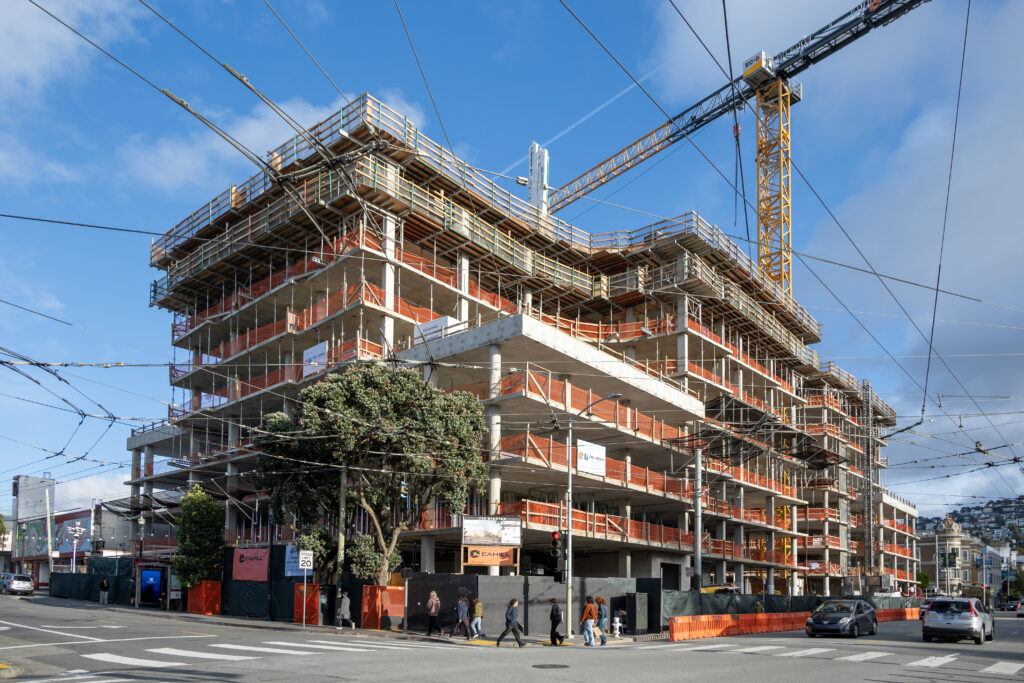
So, we’re dealing with a combination of limited supply, inadequate funding, and escalating costs—compounded by policy and governance obstacles.
To address this, we need a multi-pronged strategy:
- Significantly increase funding for affordable housing.
- Remove unnecessary barriers to housing construction.
- Modernize building codes and encourage new construction technologies to lower costs.
- Make better use of public and institutional land for housing.
- And importantly, recognize that all housing helps improve affordability. Even market-rate housing plays a role—cities that build more market-rate homes often see rents stabilize or decline because increasing supply eases pressure across the entire housing market.
I was on the SPUR website and saw the Regional Strategy—it really caught my eye. Could you tell us more about it?
The SPUR Regional Strategy is a long-term vision—essentially a 50-year outlook—for how the Bay Area can become a more prosperous, equitable, inclusive, and climate-resilient region.
It’s both aspirational and practical. On one hand, it lays out a values-driven vision for what kind of region we want to become. On the other, it includes detailed research and technical papers in areas like housing, transportation, sustainability, and economic mobility, which begin to define the specific policies and actions needed to move in that direction.
One important component is a spatial vision for growth. We explore how the Bay Area can accommodate future population and job growth within its existing urban footprint—essentially growing up rather than out. That includes ideas for how different kinds of places—dense urban cores like Downtown San Francisco, emerging transit corridors, and even lower-density neighborhoods—can evolve to support more housing, local retail, parks, and community services.
Because it’s a 50-year strategy, we don’t expect it to be implemented all at once. Instead, we see it as a guide that helps align day-to-day policy and planning work with long-term regional goals. For instance, if we know that the Bay Area needs to add more than 2 million homes to reach a more affordable future, the strategy helps us think through what that requires—whether it’s zoning reform, funding mechanisms, or new models for public-private partnerships.
Ultimately, the Regional Strategy is about showing what’s possible—and then using our ongoing work to break it down into achievable steps that move us closer to that vision.
Any advice for other planners?
One piece of advice I’d offer is to always ground your work in the lived experiences of the people you’re planning for. Planning can sometimes feel abstract or overly technical—whether it’s writing a zoning code, designing a new community, or working on infill development. And in that process, it’s easy to lose sight of how those decisions actually impact someone’s everyday life.
Often, we start from the physical or regulatory aspects of a project and make assumptions—implicitly or explicitly—about how people will experience it. But I think it’s more powerful to flip that around: start with the human experience, and then design the physical environment to support that. When you do that, you often uncover needs or barriers that aren’t immediately obvious from a technical lens.
For example, how does a homeowner experience trying to add a room to their house? Or how does someone feel navigating their neighborhood by bike, especially if they’re unsure of how to do it safely? These are everyday moments that reflect whether planning is working for people.
So my advice is to lean into a more human-centered approach. Most planners already care deeply about this, but our systems and workflows can sometimes create a sense of distance. Bridging that gap is where truly impactful planning happens.
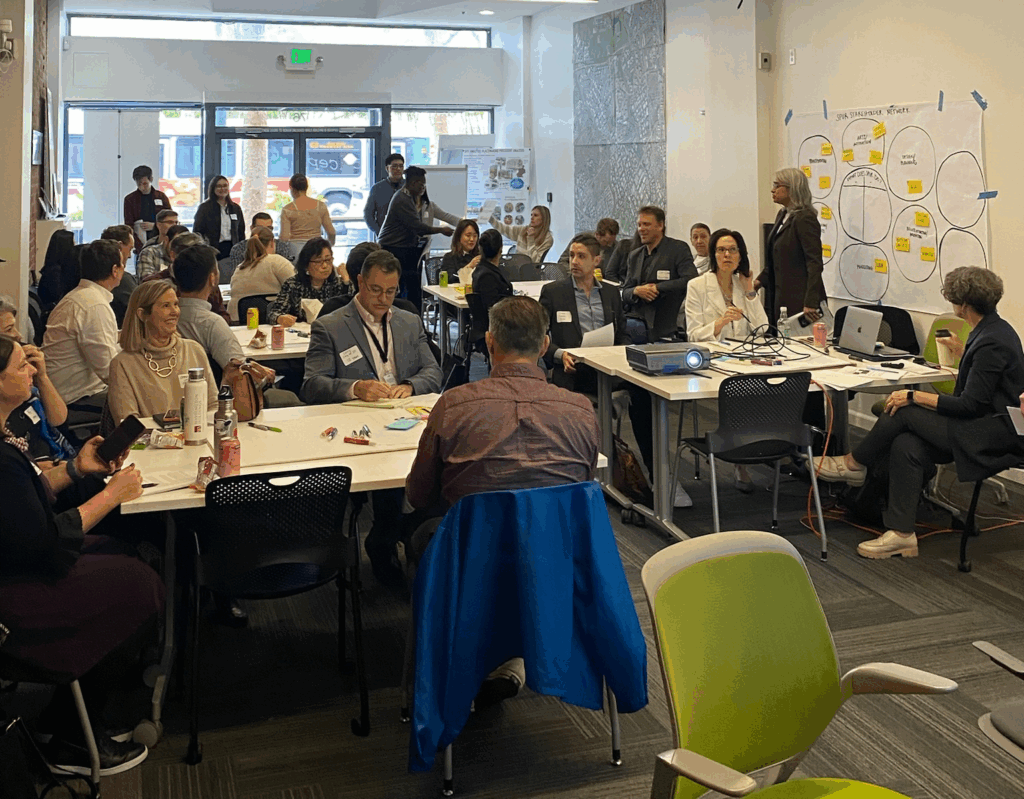
What do you do when you’re not working at SPUR or thinking about planning?
When I’m not working, I really enjoy cooking—it’s something I find relaxing, and I especially love cooking for other people. It’s a nice way to unwind and connect. I’m also an avid trail runner, and every Sunday without fail, I head out to the East Bay hills for a run. One of the great things about living in the Bay Area is how easy it is to access nature, and that’s something I try to take full advantage of.
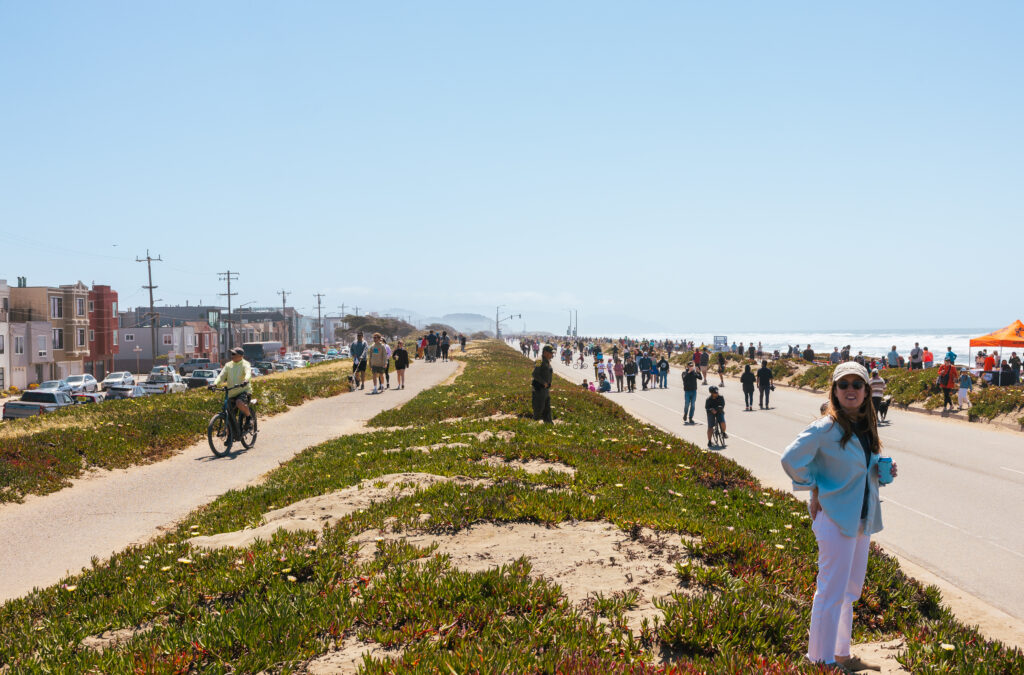
About the Author

Dhawal Kataria, AICP, RSP1, is a senior planner at Kittelson & Associates and an Associate Editor for Northern News. All interviews are edited.
